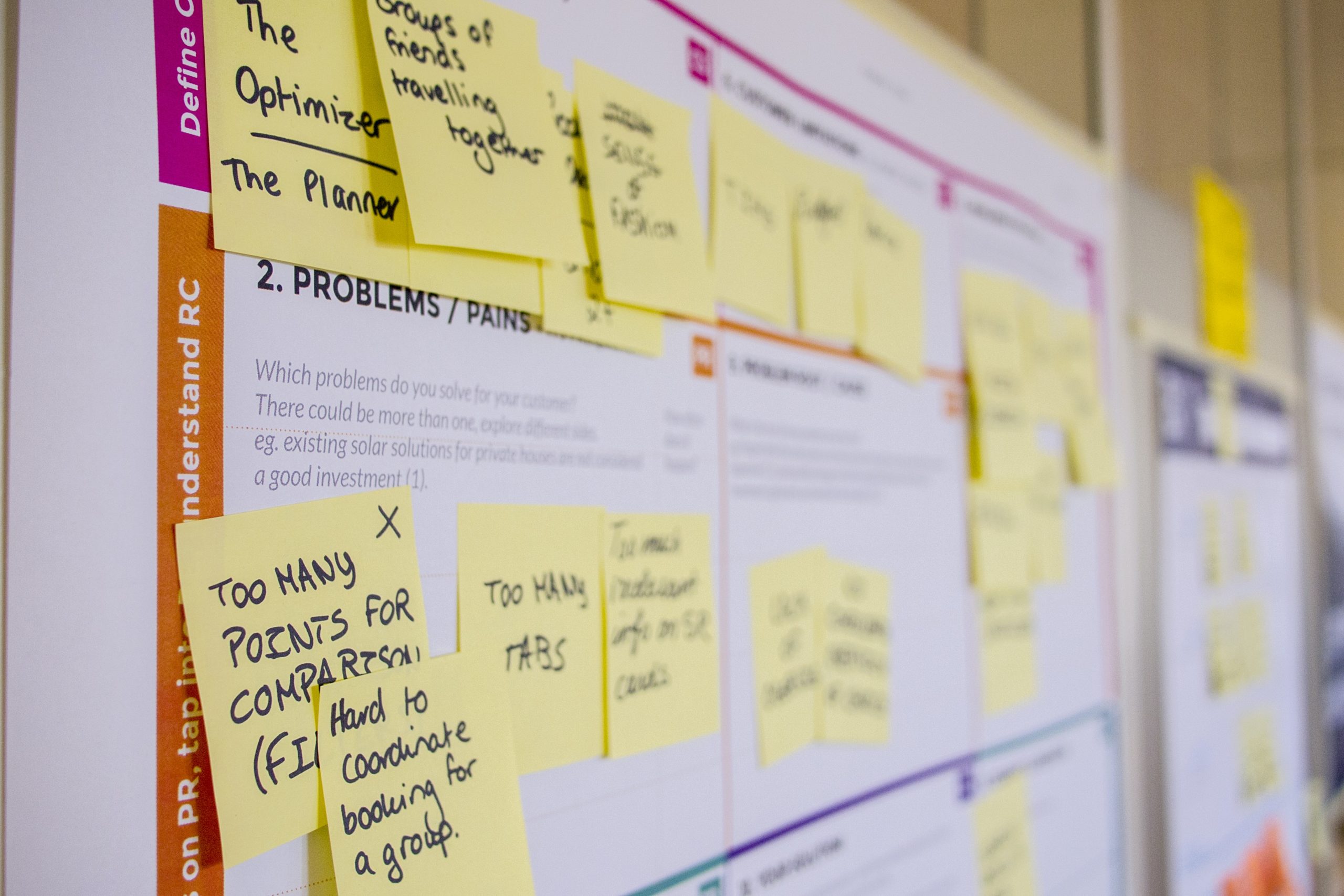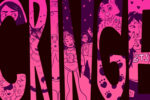Let’s face it: Turning the vision that we create in our minds into an ideal reality is easier to conceptualize than to actually do.
But what if I told you that you could bring forth all that you’ve ever wanted for yourself through just four simple steps: imagination, creativity, innovation, entrepreneurship.
The words above are no strangers to human beings, but if you truly value them, you can unleash your “manifestation power.”
Would you believe me?
Insight Out
Tina Seelig, an entrepreneur, a professor at Stanford University and the author behind a number of books, has written one of the most genuine frameworks for getting ideas out of your head and into the world.
“Insight Out” guides readers with an “Invention Cycle” that “encapsulates the entire process and illustrates how the end leads back to the beginning” — the process being the four steps I mentioned earlier.
Shall we dive deeper into the meanings attached to those four steps according to Tina Seelig? … I think we shall.
Imagination
“Envisioning things that do not exist.”
We all know what imagination means, and we’ve all done it before in our childhood lives. From imaginary friends to imaginary pretend play scenarios, coming up with a fake reality has always been seen as a manifestation of our curiosity and a way for our younger selves to experiment with the social and emotional roles of life. “This natural skill is influenced by your experiences, both real and fictional,” according to Seelig in the introductory chapter of “Insight Out.”
Seelig penetrates below the surface of our typical interpretations of what imagination actually is. She adds nuance to the concept, incorporating a more diverse perspective on how we as adults can continue to embody that childlike mindset, from living comfortably in your mind to simply living for the world to see.
Everything always starts with a thought. And the more inquisitive, engaged and particular that thought is, the richer the creation will be.
Creativity
Which brings me to the next step in the Invention Cycle — “applying imagination to address a challenge.”
This is where the distinction between imagination and creativity comes in. “Creative ideas fill a specific need and are a manifest in the world. They are new ideas to you, but not necessarily new to others,” Seelig explains.
In other words, it’s imaginative to mentally see what you want, but it takes creativity to physically see it as well. It’s imaginative to fill your thoughts with images of the beach, but it’s creative to actually bring that beach to life, whether that be through painting or something else, just to give an example.
When it comes to your imagination, all your thoughts and ideas don’t have to be unique to the whole world, just unique and valuable to you.
Innovation
Moving on to the third step in the cycle, there is “applying creativity to generate unique solutions.”
The word innovation is becoming popular in today’s society. Everybody wants to be an innovator — a leader. But in order to do that, one must perceive the world with a fresh perspective, which involves “challenging assumptions, reframing situations and connecting ideas from disparate disciplines,” Seelig states.
To be innovative, one should be able to approach the world in a way that defies the norm. This is where innovation and creativity differ. Yes, you have to be creative to be innovative, but in order to be innovative, the imaginative idea that is created, once past the innovation stage, must be fairly new to the world, not just new to the inventor.
Why? Because innovation goes beyond creativity, pushing far past everyday creative problem-solving.
Once the idea is valuable and unique to you in the creativity stage, it is then up to you to turn that idea into a breakthrough.
Entrepreneurship
Last but not least, entrepreneurship involves “applying innovation to bring unique ideas to fruition, thereby inspiring others’ imagination.”
Seelig explains how entrepreneurship does not stop with business-related endeavors but is equally important to everyday life when it comes to manifesting what you want.
Simply put, entrepreneurship is basically manifesting imagination, creativity and innovation into reality. And in doing so, ultimately, inspiring others to repeat the same cycle.
An entrepreneurial spirit inspires others, leading to a wave upon wave of the Invention Cycle.
Going In-Depth
Generating innovative ideas doesn’t just stop there. Seelig goes in-depth on the four steps of the Invention Cycle to further explain how to implement the cycle to the fullest and transforming one’s entire perspective when it comes to generating creativity. The “Insight Out” chapters include:
Part One: IMAGINATION
- Engage: The Keys to Building
- Envision: All the World’s a Stage
Part one is where Seelig demonstrates how engaging and envisioning allows you to define the future you want to create.
Part Two: CREATIVITY
- Motivate: You’re the Customer
- Experiment: Break Some Eggs
In part two, Seelig defines how motivation enables the willingness to experiment in order to identify solutions.
Part Three: INNOVATION
- Focus: Take out the Trash
- Reframe: Retrain Your Brain (a personal favorite)
Seelig reminds her readers how innovation “results from focused dedication and the ability to look at old things in a new way.”
Part Four: ENTREPRENEURSHIP
- Persist: What Floats Your Boat
- Inspire: Tell My Story
This is where Seelig explains the process of “deep-seated persistence, and the ability to mobilize others.”
Each chapter is followed by little exercises to get you in the habit of practicing the Invention Cycle insight out … (see what I did there).
You can acquire the book anywhere online or via PDF through Perlego.
(This is the part where you purchase.)
















